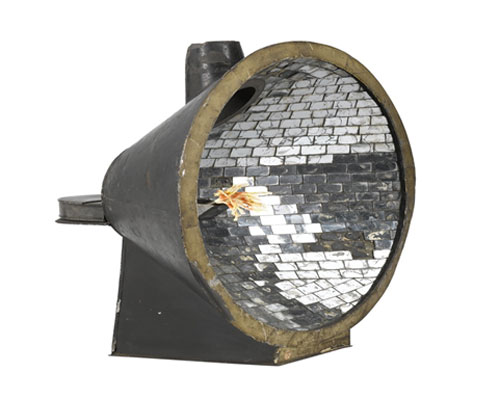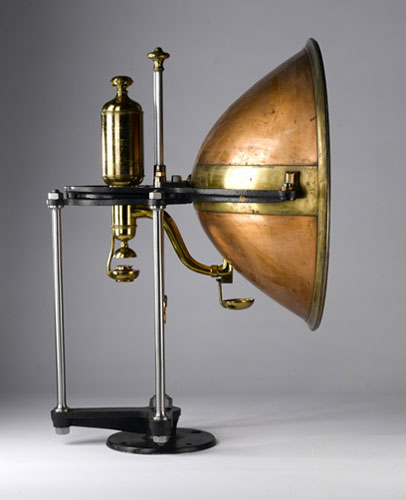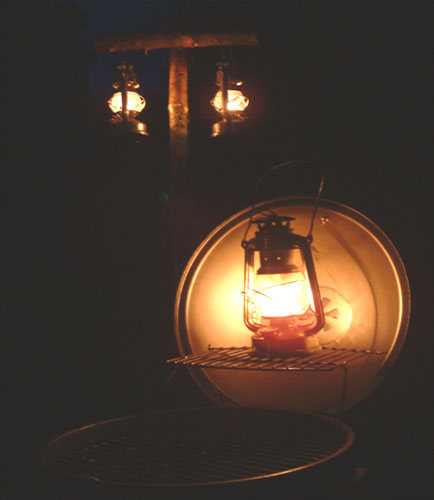As many others that work in museums will agree, we have the kind of job that isn’t left behind when we leave the building at the end of the day. Since January, the majority of my days have been spent working on the Shining Lights exhibition and, as a result, I’ve found the wonderful world of lighthouses seeping into my free time as well.
It started when I ordered the lighthouse-based Doctor Who classic ‘Horror at Fang Rock’ from the Tom Baker era (who I consider to be one of the finest Doctors) which is well worth viewing if only to laugh at the pitiful special effects and wooden acting.
But there was a moment on a holiday I took over the summer when I think this infiltration of work life into my free time took on a new dimension, with the creation of a lighthouse inspired home-made parabolic reflector.
We have a number of genuine parabolic reflectors going into the exhibition, two of which are my favourite objects so before I show you my example, here’s where I found my inspiration!
The first is a reflector which has the appearance of an inverted glitter ball:

This is an example of early lighthouse illumination. The small rectangles of silver backed mirror are set into the tin surround in a bed of plaster of Paris and the light is fuelled by whale oil – you can see the oil reservoir which rests on a small ledge at the back of the reflector.
The second reflector is a far more sophisticated example designed by Robert Stevenson and installed at the Bell Rock lighthouse in 1811. It displays a number of innovations in lighthouse illumination such as the frost lamp under the oil reservoir which keeps the oil at an ambient temperature throughout the winter months. But what I like most about this object is purely aesthetic: I love the contrast of the silvered reflective inner surface with the copper exterior and gleaming brass Argand lamp. I doubt the Lightkeepers whose job it was to keep the brass work shining thought of it in the same way, but it could be down to their constant cleaning that has kept this object looking ready for service 200 years later. (Although I mustn’t give the Lightkeepers of old all the credit: museum conservation staff have also worked very hard on the objects!)


So now for my fine example:

I think my version, which is constructed from a £20 barbecue and a hurricane lamp, does lack the elegance of Stevenson’s design but it demonstrates the principle of reflected light producing stronger illumination, especially when it’s compared with the inferior light emanating from the lamps hanging in the background. My lamp is fuelled by citronella oil rather than the whale oil and paraffin used in the past – we normally use paraffin but switched to citronella – a decision made to try to keep the midges at bay!
I didn’t go as far as trying to fashion a Fresnel lens or a Brewster burning glass to increase the beam but that’s a modification that may come about the next time I’m on holiday…
